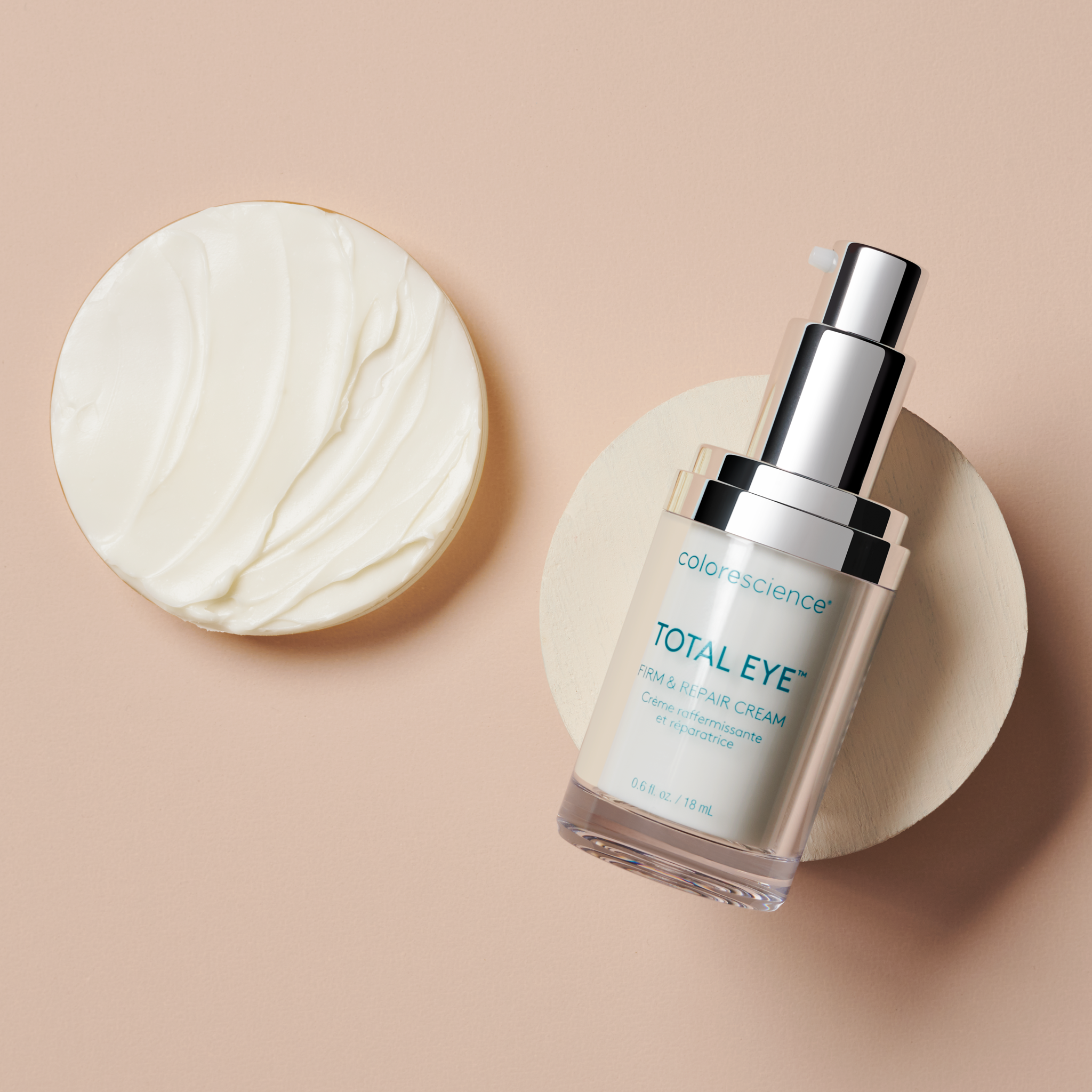Rise by Six: Your Daily Dose of Inspiration
Explore insights and stories that elevate your day.
Puffiness Begone: Eye Cream Secrets That Actually Work
Uncover the eye cream secrets that banish puffiness for good! Say goodbye to tired eyes and hello to a refreshed, youthful look!
The Science Behind Puffiness: Understanding Under-Eye Bags
Under-eye bags, often referred to as puffiness, can be a common concern for many individuals. They occur when fluid builds up beneath the eyes, causing swelling and a tired appearance. The science behind puffiness is multifaceted, involving factors such as genetics, aging, and lifestyle choices. As we age, the skin loses elasticity and the tissue around the eyes weakens, leading to an increased likelihood of fluid retention. Additionally, factors like allergies and lack of sleep can exacerbate this condition, making understanding its underlying causes essential for effective treatment.
Moreover, various remedies can help reduce the appearance of puffiness. For instance, incorporating cold compresses can constrict blood vessels and minimize swelling. Staying hydrated and reducing sodium intake may also play a crucial role in preventing fluid retention. Understanding the science behind under-eye bags enables individuals to make informed decisions about their skincare routines. For better results, consider consulting with a dermatologist who can offer personalized solutions based on individual needs and skin types.

Top 5 Ingredients to Look for in Eye Creams for Puffiness
If you're struggling with puffiness around your eyes, finding the right eye cream is essential. When searching for the perfect product, look for ingredients that specifically target swelling and provide hydration. Here are the top 5 ingredients you should consider when selecting an eye cream:
- Caffeine - Known for its ability to constrict blood vessels, caffeine effectively reduces puffiness and dark circles.
- Hyaluronic Acid - This powerful hydrator helps plump the skin and improve its elasticity.
- Peptides - Peptides boost collagen production, leading to firmer skin and reduced swelling.
- Green Tea Extract - Rich in antioxidants, it soothes inflammation and helps to detoxify the skin.
- Arnica Montana - This natural herb is prized for its anti-inflammatory properties, making it a fantastic choice for combating puffiness.
Do Home Remedies Really Work? Testing Eye Cream Myths
With the rise of natural health trends, many people are turning to home remedies for their skincare needs, particularly when it comes to eye creams. A plethora of myths surrounds the effectiveness of these homemade solutions, from cucumber slices to coconut oil. While some ingredients are known for their soothing properties, it’s essential to understand that not all home remedies deliver the promised results. A careful analysis of their impact on the delicate skin around the eyes reveals that scientific evidence might not support the claims of miraculous transformations.
To determine if do home remedies really work, we must consider both anecdotal evidence and clinical findings. Popular myths include the use of products like green tea bags for reducing puffiness and dark circles. While the caffeine in green tea can temporarily tighten skin, consistent application of a well-formulated eye cream may provide better long-term benefits. Thus, while these natural alternatives can offer short-term relief or minor improvements, they are not a substitute for scientifically formulated eye creams designed to target specific concerns.